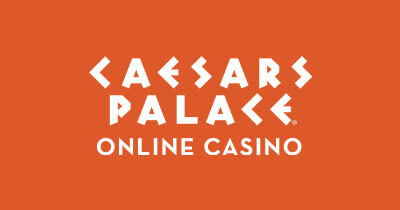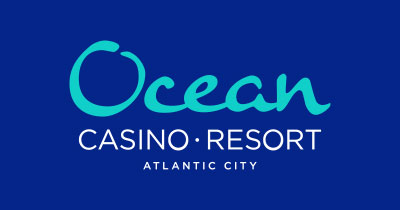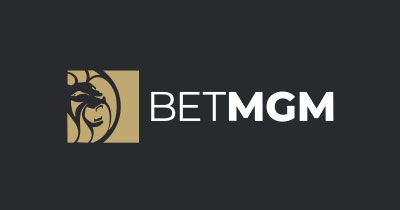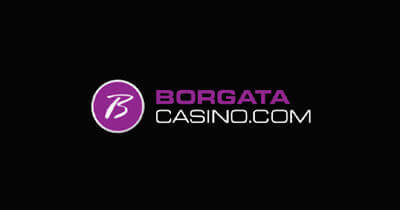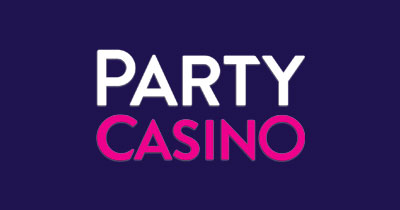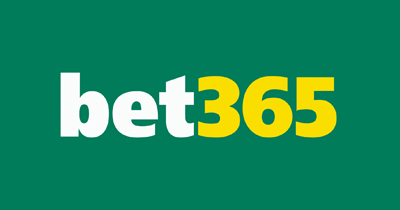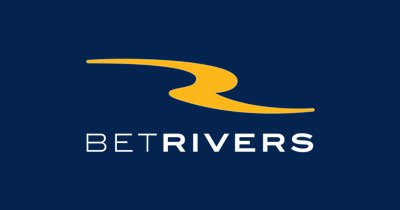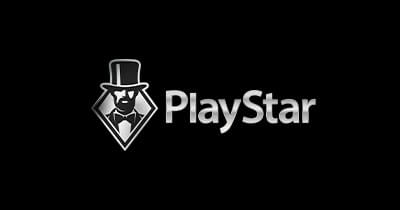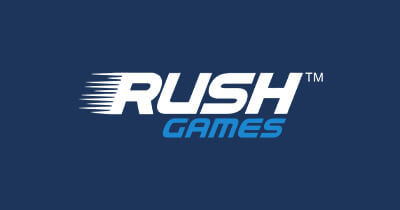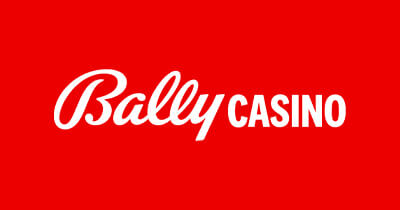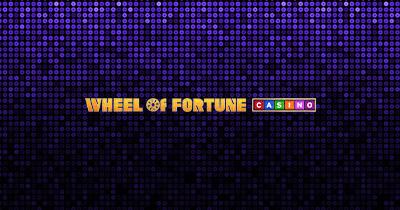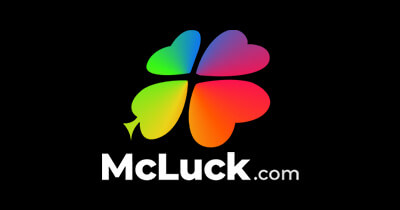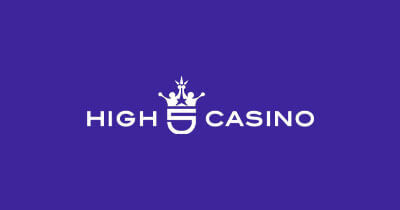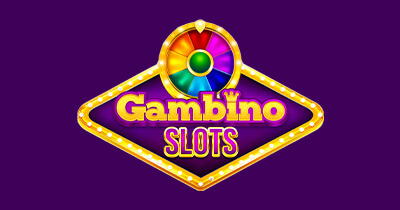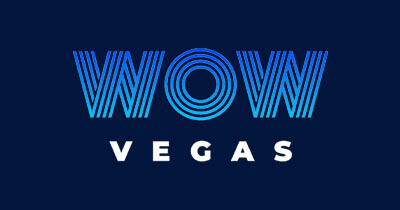by Steve Bourie Learn more about the author read more »
In May, 2016, my wife and I traveled to Ireland to tour the country and visit a few of its casinos.
It was our first visit to Ireland and we wanted to see a few different cities in the southern and western parts of the country. We could have rented a car and driven the countryside, but I wasn’t comfortable with driving on the left-hand side of the road, especially in some of the smaller cities we wanted to see, so we opted for an eight-day bus tour.
There were only 15 people on our 54-seat bus so it was very comfortable and we had a very nice time. It was great not having to worry about driving and they certainly packed a lot of scenic events into our package.
The tour started and ended in Dublin and knowing that we wanted to have some free time to visit a few casinos we arrived one day before the tour started and left two days after it ended.
Trip preparation
About six weeks before our scheduled departure I did a Google search to find information on Dublin’s largest casino, which turned out to be the Fitzwilliam Casino & Card Club. I sent an email to them saying I was researching an article about Ireland’s casinos and a few days later I heard from David Shirley who handles the casino’s marketing.
David was very helpful in our correspondence and the most interesting thing he said was that Ireland’s casino are not regulated: “Ireland is the only country in the European Union without any modern regulatory framework for casinos nor industry oversight. As such, casinos in Ireland exist in a “grey area” – there is no legal definition of what constitutes a casino and therefore there is a wide range of offerings available to the public.” That was news to me as I had never heard of a country offering unregulated casinos.
I did a little more research and it seems that all Irish casinos are governed by the Gaming and Lotteries Act of 1956 which has never been updated. Basically, the act does not make any provisions for casinos and, therefore, they are completely unregulated. The only requirement is that a casino be “a bona fide members’ club providing casino services pursuant to a provision enacted with the purpose of allowing card-playing in private dwelling houses.” Essentially, this means that as long as the casino is a private members club anyone can open a casino offering card games. Also, there are many “arcades” in Ireland that can offer electronic gaming machines.
David further explained that his company was fully in favor of legalization and regulation. “In tandem with other members of the Gaming and Leisure Association of Ireland the Fitzwilliam advocates that a full casino regulatory environment be introduced in Ireland based on best practice from other jurisdictions. Such regulation would include all of the responsible gaming and player protection policies that are common in the USA, Canada and the UK.”
This seemed to be a very good idea, but unfortunately, legalizing and regulating casinos has not been a high priority for the Irish government. They have studied the issue and in 2007 released a 222-page report titled “Regulating Gaming in Ireland – Report of the Casino Committee”. Six years later “The Gambling Control Bill of 2013” was drafted and it incorporated some of the recommendations in the 2007 report. It was heralded as “a unique opportunity to update the law in this area and to provide for a comprehensive new licensing and regulatory framework for gambling.” However it never became law.
If you’re not familiar with Ireland it’s important to note that the island is really divided into two countries: the Republic of Ireland, which comprises about 85% of the land space, and the remainder is Northern Ireland, which is part of the United Kingdom and mostly governed from London. There is some cooperation between the two governing bodies on some issues, but basically they are totally independent. Northern Ireland has no casinos because they are prohibited in that area of the country.
The trip begins
Our first night in Dublin I got my first inkling of how the casinos are not regulated when I saw a man out on the sidewalk of one of the city’s busiest streets displaying a sign for a casino that offered blackjack, as well as lap dances. He was also handing out cards that could be redeemed for a free lap dance, when you first bought one for 10 Euros, or you could redeem it for a free 10 Euro bet at the casino! I have been going to casinos for more than 40 years and that was the first time I had ever seen anything like that. Obviously, this would never be allowed at a regulated U.S. casino. We never visited that casino, but it sure was an eye-opener.
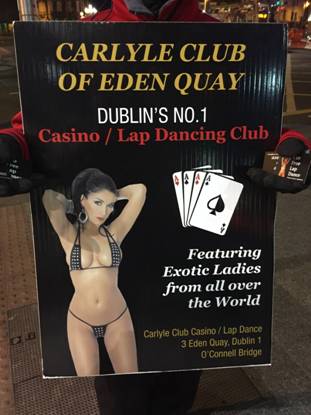
The next day our tour started and we headed south to Waterford, which is Ireland’s fifth most populous city and the home of Waterford Crystal. On the way to the hotel we saw a sign for a casino and we made a brief visit after dinner. It was basically a small amusement arcade with only gaming machines: a variety of slots and a few video poker machines. A hand-written sign said it was for “members only” but the cashier said we didn’t need to show an ID and we were allowed to look around. I didn’t recognize the manufacturers of the slot machines, nor the video poker machines. Surprisingly, one of the games offered on the video poker machines was 9/6 Jacks or Better. However, since it wasn’t a regulated casino I had my doubts as to whether or not it was legitimately programmed to offer a game that had a 99.54% return. The “casino” was very dimly lit and there were only three people playing. We left after a few minutes.

Over the next few days I assumed that we would be able to visit a few other local casinos, but we didn’t see any in the towns we visited. We spent two days in Killarney and two in Galway before returning to Dublin. The Irish countryside was truly beautiful and our favorite stop was at the Cliffs of Moher which is one of Ireland’s most-visited tourist destinations.

While in Killarney I made a stop at Ladbrokes which operates a chain of betting shops throughout Ireland and the U.K. Besides offering bets on sports, and horse or dog racing, I found out that you can also bet on roulette. To make the bet you are required to fill out a betting slip and hand it to a clerk along with your money. I was told that the actual spins of the single-zero roulette wheel are done every three minutes at a remote facility and shown on a TV screen at each of their locations. This was obviously a good option for gamblers as Ladbrokes is a well established and regulated gaming business. They also operate an online casino for residents of both the U.K. and Ireland.
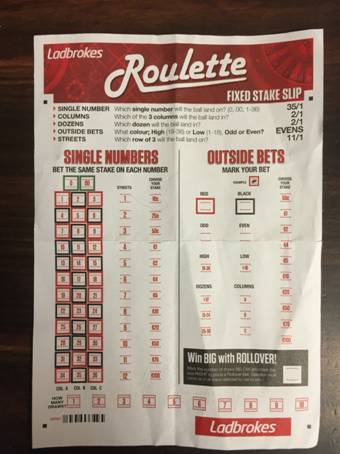
Back in Dublin we visited some of the city’s attractions and I made a visit to Dr. Quirkey’s Good Time Emporium which is the city’s largest gaming arcade. It’s located on O’ Connell street which is the main thoroughfare and tourist area of the city. Dr Quirkey’s promotes itself as a “family entertainment centre,” because it has a variety of arcade games for the kids, but it also had a “casino” offering more than 400 slots and other electronic gaming machines.
There was no membership required to enter their “casino” and I would assume that was because they didn’t offer any live card games; just electronic games. The minimum age to gamble there was 21 (in some arcades it’s 18) and there were several rows of slots in a section amidst all of the kids arcade games. It seemed that it would be rather easy for an underage person to play them, but I didn’t see that happening. None of the slots or video poker games I saw looked familiar to any I had ever seen in the U.S.
There were only about 30, or so, machines, but as I walked around I saw an entrance to a side room and when I entered it was packed exclusively with gaming machines. Most of the games were slots, but there were also several electronic roulette games with single-zero- wheels. These tables had most of their seats occupied and they were definitely the most popular games in the room. There was also a virtual blackjack game manufactured by Shufflemaster that I had often seen in U.S. casinos. Other than that one game, I did not recognize the other game manufacturers.
After my visit to an arcade I was ready visit a “real” casino. I had made arrangements with David at the Fitzwilliam Casino to visit on a Sunday night and meet their general manager for a brief tour, but I had some extra time on Saturday so I decided to make an earlier visit on my own. David had sent me a link to take a virtual tour of their casino through Google so I was already somewhat familiar with the layout. The virtual tour was really good and you can try it out yourself here.
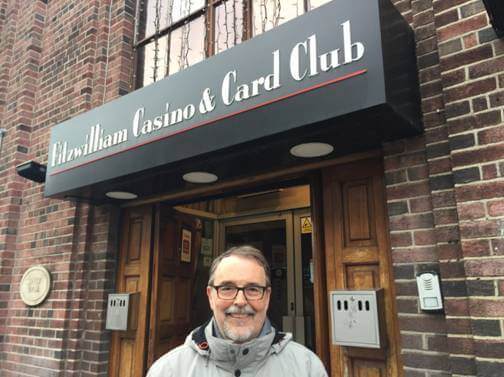
Compared to U.S. casinos this one was rather small, but it was definitely a real casino and it offered eight gaming tables: three roulette (all single-zero), three blackjack, one punto banco (mini-baccarat) and one Brit Brag (three card poker). Poker also seemed to be very popular as they had six tables downstairs and eight more up on the second floor.
Inside the entrance the staff at the registration desk asked for my passport as proof of identity and age (minimum gambling age is 18). They then entered my information in their computer, took a photo of me and issued me a barcoded key tag that had my membership number on it. For any future visits I just had to let them scan the key tag which would bring up my photo and allow me entrance back in. There was no charge for this procedure and, as a new member, I was also given a chip for a free €10 bet.
I took a walk around the casino and I noticed that they also had four slot machines (which did not look familiar to me), plus four terminals to play electronic roulette.
There was a small dining area, but no bar. David had previously explained to me: “There are no casinos in Ireland that can legally sell alcohol to customers. Some casinos choose to provide alcohol for free to customers but the Fitzwilliam is not one of these – we neither serve nor sell alcohol in our Club.”
There was a €3 minimum for blackjack bets (€250 maximum) and the rules were as follows: six decks, dealer hits soft 17, double down on any two cards; split any pair; re-split any pair (including aces) as many times as you want, split aces receive one card each; insurance and late surrender offered.
For perfect basic strategy players this works out to a casino advantage of about 0.41% However, the procedure for the dealer getting a hole card is different in Ireland and players should make a slight adjustment to basic strategy.
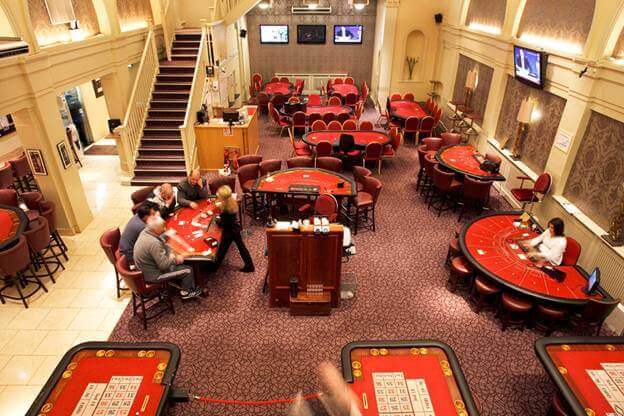
As in most European blackjack games, the dealer initially receives one face up card. The players then play out their hands and after they are finished the dealer is given a second card. This procedure is called “no-peek,” or “no hole card.” The problem arises when the dealer has a 10, or an ace, as a first card because if you double down and the dealer gets a blackjack you will lose, even if you get 21.
According to Michael “Wizard of Odds” Shackleford, a foremost blackjack expert, the casino’s mathematical advantage is not changed but “the player should be more conservative about doubling and splitting when the dealer has a potential blackjack. Basic strategy changes are to hit 11 against a 10, hit two 8’s against a 10 or ace, and hit two aces against an ace.” More of Mike’s gambling advice can be seen in his videos on our YouTube channel.
David had told me that roulette was the most popular game in the casino and the two open tables were fairly busy. The only difference between them was in the required minimum bets. At Table 1 the minimum inside bet was €0.25 and for outside bets it was €5. At Table 2 it was €1 and €10, respectively.
All of these roulette games were much better than in U.S. casinos because they were single-zero wheels which made the house edge only 2.70% as compared to 5.26% for double-zero wheels found in the U.S.
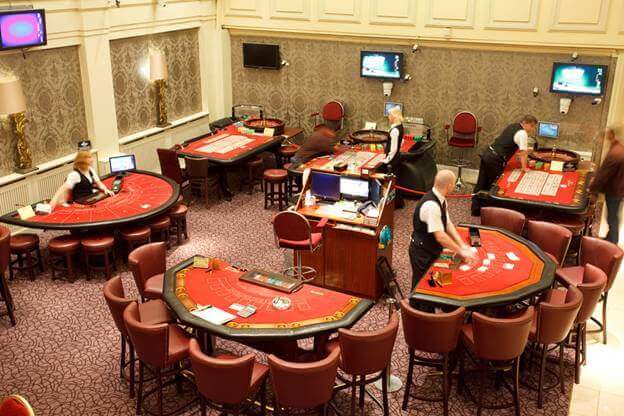
I placed my free €10 betting chip on “black” at table 2, but my luck wasn’t good and I lost. It was still a great deal, however, because I was allowed to play the chip by itself. At most U.S. casinos they would have done it differently. They would have issued a “matchplay chip” which would require the user to match their bet with an equal amount of their own money.
And, speaking of money, you are required to make all bets in Euros, so you will need to change currency if you don’t bring Euros with you. David explained that you just need to go to the cashier cage and they will charge a 2.5% fee for exchanging currencies. If you win and later want to change it back to your original currency, there is no fee for that.
That concluded my brief visit and I returned again the next night to meet the general manager, Lorraine Brien. I scanned my membership key tag at the registration desk and Lorraine met me there for our tour.
I thought I had pretty much seen everything that previous night, but I didn’t realize there was a second gaming floor and Lorraine brought me up to see the room. It turns out that it was only for poker, but it seems that poker is very popular at the club. There are poker tournaments every night with entry fees from €25 and up. Cash games are also offered each night with a minimum buy-in of €50. The second floor was quite busy as a tournament was already in progress during our visit.
Also tucked away in the upper floor was a private events room with several poker tables and a great view of the lower casino floor. Lorraine explained that this was often rented out for private parties or corporate events and it seemed like a great place to host a party.
That pretty much completed my visit and I must say that I liked the place. I have been to a lot of casinos and this one was relatively small, but very nice. There was no smoking allowed, the entire facility was extremely clean and the games offered fairly good odds. I also checked them out on Tripadvisor.com where they had 24 reviews with an average four stars, out of a possible five, which is pretty good.
Overall, the casino situation in Ireland is a little strange since they are all unregulated. Until regulations are put in place I would be careful in choosing where to play. I would be especially leery of playing video poker and maybe slot machines too. Playing table games in casinos is probably your best bet as you would know what your true odds are. However, I would probably avoid visiting the smaller operations and stick to the largest casinos within the cities that you visit.
The Fitzwilliam Casino & Card Club, Dublin’s largest casino, is open daily from 6 p.m. to 6 a.m. and is located at Clifton Hall on Lower Fitzwilliam Street.
Fitzwilliam Casino & Card Club has now permanently closed.

